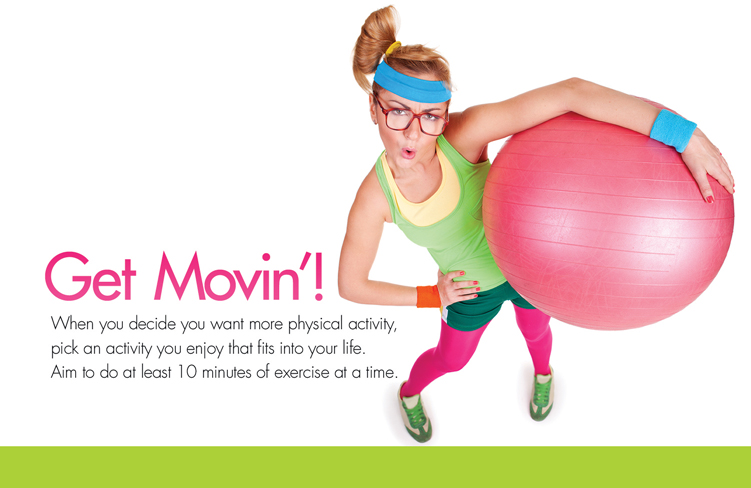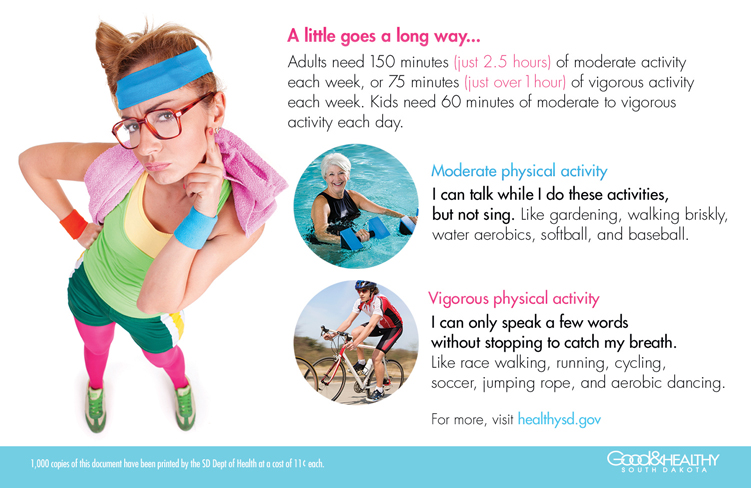Time and time again, parents say time is their enemy when it comes to preparing healthy meals.
“When healthy eating is a low priority, the results are the escalating obesity and chronic disease rates we see today,” said Aaron Feest, a registered dietitian at the VA Medical Center in Milwaukee, Wis. “Healthy eating habits break down when we don’t plan ahead.”
Feest and his wife, Shannon, think helping kids develop healthy habits, especially for their son, 12-year-old Owen, goes a long way toward better health.
The main key is time management. Difficult? Sometimes. But not impossible.
“It’s become commonly accepted that we are all too busy all of the time, but somehow we find time for all of the things that fill our schedule,” Feest said. “Healthy eating is worth the effort. Most people find plenty of time and money for cable TV. What’s more important?”
Keep the frozen pizza and other processed foods to a minimum with tips that are good for your heart and your wallet.
Start With a Plan
Not surprisingly, the best time to make a meal plan isn’t when you’re hungry and need to eat right away. Make a list—and check it twice.
“We try to plan at least a few days ahead which meals we are going to make based on the days we have time to cook,” he said. “We always shop with a grocery list based on that menu, we don’t shop hungry and we make enough to have leftovers.”
Invest a couple of hours on the weekend to save anxiety as well as time on extra trips to the grocery store. Make large batches and freeze leftovers in individual portions for healthy, homemade microwaveable convenience meals.
Get Your Kids in the Kitchen
Holly DuBois, who lives in San Antonio, gets her kids in the kitchen every chance she gets.
With a family history of obesity, they make sure their kids eat a healthy, balanced diet. “Cooking for me personally has been a fun, stress-relieving activity that I’ve grown to love,” DuBois said. “I want them to share in it and enjoy it so it’s not a burden.”
Her two little ones hang out on a step stool in the kitchen while she cooks and gives them small jobs. “I’ll give them plastic knives and they’ll cut stuff or get things from the pantry,” she said.
Summertime means organic produce from a community-supported agriculture co-op once a week — everything from cauliflower to eggplant to rhubarb. “The rule is that if it’s in the bag they have to try it.”
Bresha Richardson, a busy Dallas-area mom to a kindergartner, juggles single parenting, work, volunteering for the PTA and her son’s extracurricular activities. But she still tries to make healthy eating a priority.
“I want my son to learn how bad choices can impact his body, not just now but in the future,” she said. “I try extremely hard to communicate with him about every meal he has and why a particular food may not be a good choice.”
Together, the pair makes egg tacos one night a week. “He cracks and whisks the eggs and I slice and sauté the red pepper and warm whole-wheat or white corn tortillas,” she said. “I make it a point not to add seasonings like salt so he can taste the food for what it is.”
She also gets a head start over the weekend by getting healthy stuff ready for the hectic work week. “If I wash and cut our fruits and veggies and pre-package them, they most definitely get eaten.”
I’m on a budget. What can I do?
Eating healthy doesn’t have to be expensive. Rice, beans, potatoes, bananas, and eggs can be budget-friendly staples. You can also stretch your grocery budget by planning for a couple meatless meals each week.
“Make cooking a hobby and learn to cook from scratch when it’s reasonable,” Feest said. “For example, oatmeal is fairly cheap and really healthy. You pay a premium to have it portioned into little packets with flavor added when it’s not very difficult to prepare from scratch.” And many times those prepackaged, flavored varieties contain added sugar, but making it from scratch you have more control over the amount of sweetener that gets added.
Buy fresh produce when it’s in season. Eat lots of citrus and apples in the winter and strawberries in the summer. If it’s not in season, buy it frozen. And if you’re interested in going organic, consider using the “dirty dozen” and “clean fifteen” lists by the Environmental Working Group to prioritize your purchases and save money.
My child is Home Alone. How can I Help Her Eat Healthy?
If you plan ahead, it’s pretty easy to help your child make good choices without any difficulty or dangerous prep work. Feest suggests:
- Peanut butter and jelly with no-sugar added jelly on whole-wheat bread
- Grilled fish sandwich. Keep spinach and tomatoes (sliced ahead of time) handy to add flavor and nutrients
- Turkey sandwich. Don’t forget your favorite veggies
- Whole-grain crackers and hummus
- Fresh fruit
- Healthy leftovers — microwave them for a quick, easy meal
And the best way to avoid junk food? Don’t stock it in the house, because it’s too easy to reach for it first. Try more tips for planning ahead and see Feest’s idea for four easy weeknight meals below:
- Salad night: Make a healthy bowl of greens your entrée. Toss in chicken, unsalted nuts or seeds for a little protein. Use a wide variety of fresh veggies and dark green lettuce. Skip the iceberg, because it’s low on nutrients.
- Taco night: Pile on the veggies, try low-fat, low sodium cheese and use whole-wheat or corn tortillas. You can even mix together a little Greek yogurt and lemon juice to make a healthy “sour cream.”
- Homemade grilled pizza: Make a pizza without cheese, add some cooked diced chicken and load the veggies onto a thin, whole-wheat crust.
- Easy vegetarian chili over baked potatoes.
“It’s important for parents to be in charge and be consistent. With new foods, Owen has to try a few bites before he decides he doesn’t like it,” Feest said. “With repeated exposure he warms up to foods he may have rejected initially. It definitely helps to start young.”
Source: American Heart Association


